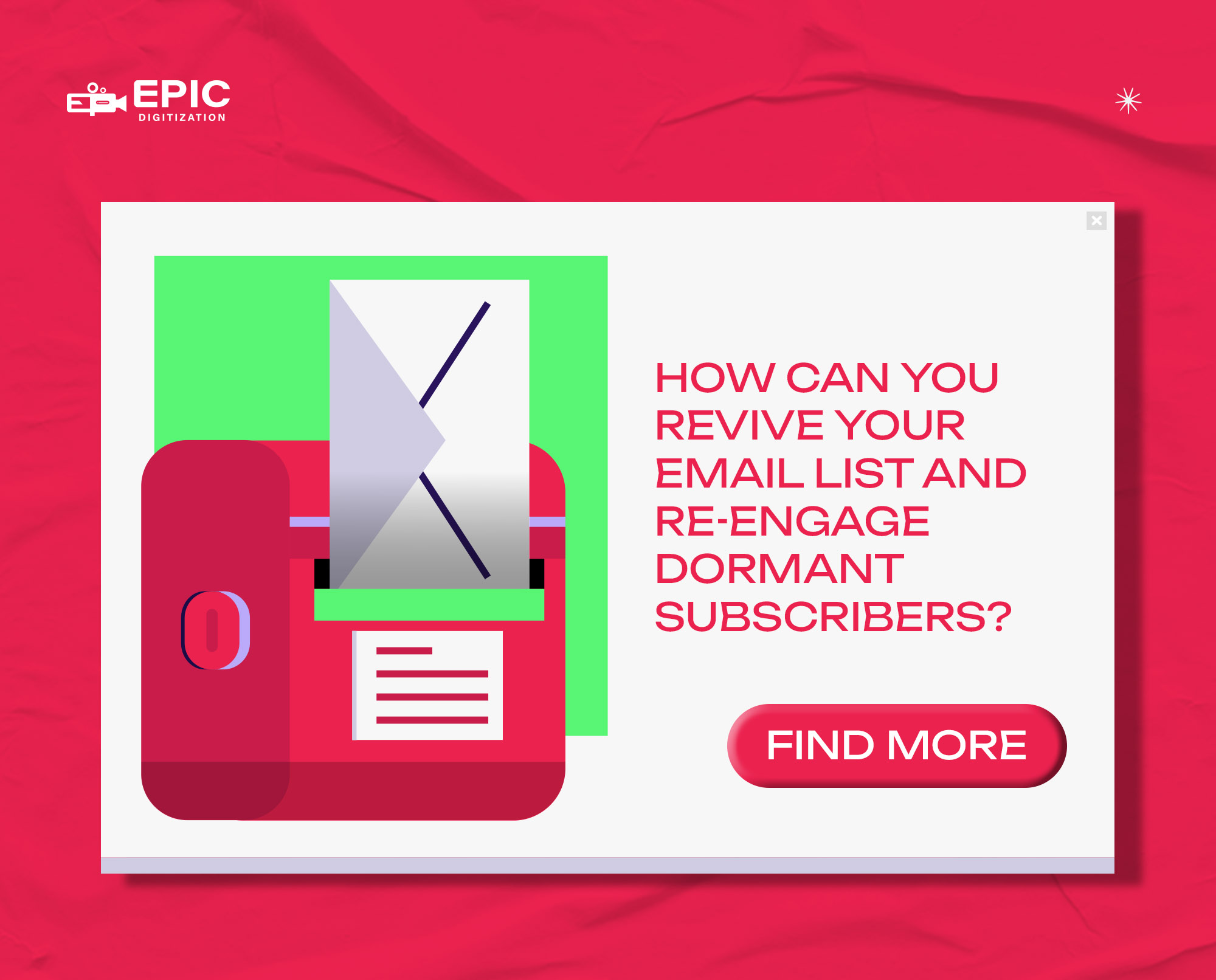
How Can Educational Blog Posts Drive B2B Sales?
Educational blog posts drive B2B sales by building trust and overcoming the “trust barrier” through several psychological mechanisms: the reciprocity principle (providing value without asking for immediate return), authority positioning (establishing expertise in your field), and risk reduction (demonstrating understanding of problems and solutions). Effective educational content aligns with specific stages of the B2B buyer’s journey (awareness, consideration, decision) and addresses questions prospects are actively asking. High-converting B2B blog posts share key structural elements: problem-focused headlines, executive summaries, data-backed insights, visual frameworks, actionable takeaways, and strategic CTAs. When measured beyond pageviews, educational content becomes a long-term asset that continues generating leads and supporting sales conversations.
📚 Table of Contents
- Why Does Educational Content Build Trust in B2B Transactions?
- How Should Content Align with the B2B Buyer's Journey?
- What Topics Will Resonate Most with Your B2B Audience?
- What Elements Make B2B Blog Posts Convert?
- How Should You Measure Content Performance Beyond Pageviews?
- How Can You Implement an Educational Content Strategy?
- Conclusion: Why Is Educational Content a Long-Term B2B Asset?
Why Does Educational Content Build Trust in B2B Transactions?
To really understand this, we need to look at what’s actually happening in the mind of a business buyer.
🛡️ What Is the Trust Barrier in B2B Transactions?
Business purchases are inherently riskier than consumer purchases. Think about it – when someone’s making a B2B buying decision, they’re not spending their own money. They’re responsible for company resources and outcomes. Their reputation (and sometimes their job) is on the line.
This creates what I call the “trust barrier” – that threshold of confidence that has to be crossed before a prospect will seriously consider your solution.
Educational content helps jump this barrier through several psychological mechanisms:
How Does the Reciprocity Principle Work in Content Marketing?
When you provide genuine value through educational content without immediately asking for something in return, you trigger a deeply ingrained psychological response. People naturally feel inclined to give back to those who have given to them.
Research from the Content Marketing Institute shows that 96% of B2B buyers want content with more input from industry thought leaders. When you freely share expertise, you create a sense of indebtedness that makes prospects more receptive when you eventually do have that sales conversation.
Why Does Authority Positioning Matter in B2B Sales?
Educational content positions your brand as an authority in your field. According to the Edelman Trust Barometer, 65% of B2B decision-makers say thought leadership significantly increases their trust in an organization.
This authority effect is particularly powerful in complex B2B sales where buyers are often looking for expertise as much as they are products or services.
How Does Educational Content Reduce Perceived Risk?
Educational content that addresses common challenges, mistakes, and solutions helps prospects feel more confident in their decision-making process. By demonstrating that you understand their problems and have helped others solve similar issues, you reduce the perceived risk of working with your company.
How Should Content Align with the B2B Buyer's Journey?
The average B2B buying journey involves 6-10 decision-makers and 27 interactions with various content pieces before a purchase decision is made. Understanding how educational blog content fits into this journey is crucial for maximizing its impact.
What Content Works Best in the Awareness Stage?
At this stage, prospects are experiencing symptoms of a problem but may not have defined it clearly. They’re asking “Why is this happening?” and “What’s going on here?” Educational blog content for this stage should:
- Help prospects name and frame their challenges
- Provide context around industry trends creating these challenges
- Offer initial insights without pushing solutions
Example: I worked with a marketing automation company that published “7 Warning Signs Your Lead Management Process Is Failing” to help marketing directors identify specific problems they were experiencing. This post generated 3x more engagement than their solution-focused content because it met readers exactly where they were in their journey.
What Content Drives the Consideration Stage?
Once prospects have clearly defined their problem, they begin researching potential approaches and solutions. They’re asking “How do others solve this?” and “What options do I have?” Educational content at this stage should:
- Compare different methodologies or approaches
- Provide frameworks for evaluating solutions
- Offer case studies showing different paths to success
What Content Influences the Decision Stage?
At this final stage, prospects are determining which specific provider best meets their needs. They’re asking “Who should I work with?” and “How do I justify this decision?” Educational content here should:
- Differentiate your approach from competitors
- Provide implementation guidance and best practices
- Address common concerns or objections
What Topics Will Resonate Most with Your B2B Audience?
-
How Can Your Sales Team Inform Content Strategy?
Your sales team is on the front lines of customer conversations and represents an invaluable source of content ideas:- Create a simple form or Slack channel for sales to submit common questions
- Review call recordings or notes for recurring themes
- Hold monthly content brainstorming sessions with sales leaders
Pro Tip: Ask your sales team to identify the questions that, when asked by prospects, signal serious buying intent. These “buying trigger” questions make excellent blog topics because they naturally attract prospects who are closer to a decision. -
What Can Customer Support Teach Content Creators?
Support tickets and customer onboarding questions often reveal gaps in understanding that could be addressed through educational content:- Review support tickets for recurring themes
- Analyze onboarding questions from new customers
- Identify knowledge gaps that slow down implementation
-
How Can Search Intent Research Guide Topic Selection?
Understanding what your prospects are actively searching for ensures your content meets existing demand:- Use tools like AnswerThePublic, BuzzSumo, or Semrush to identify question-based searches
- Analyze Google Search Console data for queries driving traffic to your site
- Review “People Also Ask” sections in Google for related questions
What Elements Make B2B Blog Posts Convert?
-
🔑 Why Are Problem-Focused Headlines Critical?
Headlines that clearly articulate a specific problem or promise a concrete outcome perform best in B2B. According to analysis by BuzzSumo, headlines that include phrases like “How to,” “X Ways to,” and “The Ultimate Guide to” consistently outperform other formats for B2B content.
Example: “How to Reduce SaaS Customer Churn by 30% in 60 Days” is more compelling than “Customer Retention Strategies.” The first headline is specific, measurable, and time-bound – it speaks directly to a pain point and promises a concrete outcome.
-
📝 How Does an Executive Summary Improve Engagement?
B2B decision-makers are incredibly time-constrained. Including a brief executive summary (3-5 bullet points) at the beginning of longer posts increases engagement by allowing readers to quickly assess the value of the content.
Example: “Start your post with a clear 3-5 bullet point summary that highlights key takeaways.”
-
📊 Why Do Data-Backed Insights Outperform Opinions?
B2B audiences are naturally skeptical and respond best to claims supported by credible data. Content that includes original research, industry statistics, or case study results performs significantly better than opinion-based content.
Example: “Include case study results showing a 20% increase in productivity after using your solution.”
-
🖼️ How Do Visual Frameworks Enhance Complex Content?
Complex B2B concepts are often best communicated through visual frameworks that organize information logically. Content that includes proprietary frameworks, decision matrices, or process diagrams tends to earn more backlinks and social shares.
Example: “Use a decision matrix diagram to illustrate how to choose between competing software options.”
-
🎯 What Makes CTAs Effective in B2B Content?
Effective B2B blog posts include contextually relevant calls-to-action that offer a logical next step based on the reader’s demonstrated interest in the topic.
Example: “A blog post about churn reduction might offer a downloadable ‘Customer Health Score Calculator’ rather than a generic ‘Contact Sales’ CTA.”
How Should You Measure Content Performance Beyond Pageviews?
To truly understand how educational blog content drives B2B sales, you need to look beyond basic traffic metrics. Here are the key performance indicators that actually matter:
What Attribution Metrics Matter Most?
- Assisted Conversions: How often the content appears in the conversion path, even if it wasn’t the last touch
- First-Touch Attribution: How many leads first discovered your company through specific content pieces
- Pipeline Influence: Total value of opportunities influenced by content engagement
Example: Use Google Analytics or HubSpot to track content’s role in multi-touch conversion paths.
Which Engagement Metrics Indicate Quality?
- Average Time on Page: Indicates how thoroughly readers are consuming your content
- Scroll Depth: Shows how far down the page readers typically get
- Return Visits: Measures how often readers come back to reference the content
Example: If scroll depth drops off at 50%, consider shortening the post or adding more visual breaks.
How Can You Implement an Educational Content Strategy?
Ready to Leverage Educational Blog Content to Drive B2B Sales?
Here’s a step-by-step implementation plan:
🧩 Step 1: Audit Existing Content
- Identify your highest-performing existing content
- Look for outdated content that could be refreshed
- Map existing content to buyer journey stages to identify gaps
📄 Step 2: Create a Content Strategy Document
- Primary audience personas and their key challenges
- Content themes aligned with business objectives
- Success metrics and measurement approach
- Production and promotion workflows
⏱️ Step 3: Establish Consistent Production
- Determine a realistic publishing cadence based on your resources
- Create an editorial calendar with assigned responsibilities
- Develop content templates to streamline production
🎯 Step 4: Optimize for Conversion
- Create topic-specific lead magnets that extend the value of blog content
- Implement strategic CTAs based on content topic and buyer stage
- Develop nurture workflows for blog subscribers
Conclusion: Why Is Educational Content a Long-Term B2B Asset?
Unlike paid advertising that stops delivering results when you stop paying, educational blog content continues working for your business long after publication. Each high-quality piece becomes a permanent asset that builds your authority, attracts prospects, and supports sales conversations.
The B2B companies seeing the greatest success with content marketing aren’t treating it as a campaign—they’re treating it as a business strategy. By consistently delivering genuine value through educational content, they’re not just generating leads; they’re fundamentally changing how buyers perceive and engage with their brand.
In today’s information-driven B2B buying environment, educational content isn’t just a marketing tactic—it’s the foundation of sustainable competitive advantage.
💡Need help developing an educational content strategy that drives real business results?
Epic Digitization specializes in creating high-converting B2B content that establishes authority and generates qualified leads.
🔗 Schedule your free content strategy consultation today and discover how to turn your expertise into a powerful sales driver.
.






